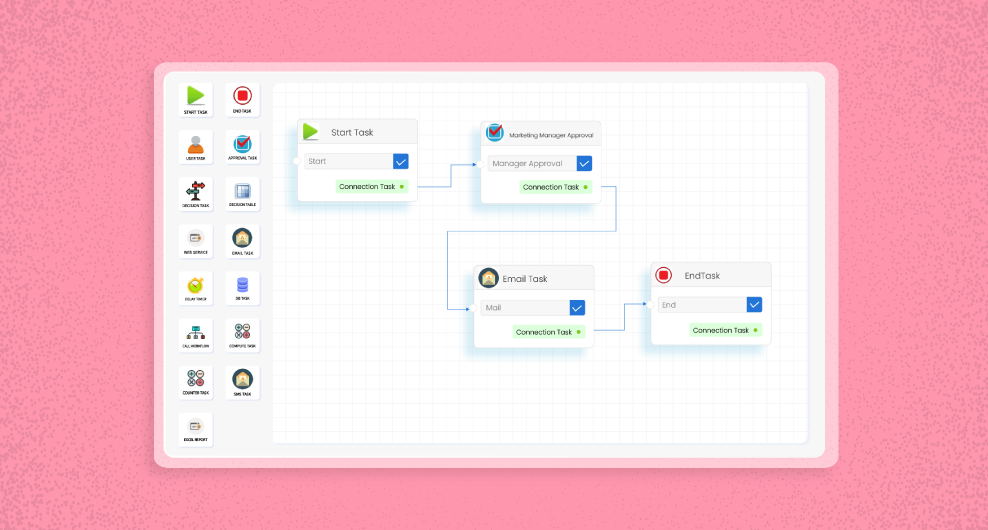9 Marketing Automation Workflows You Must Know
Marketing automation is one of the most important aspects for any business. It helps with lead management, lead nurturing, and lead conversion. Marketing automation workflows are a great way to streamline your marketing campaigns and make them more efficient.
Marketing automation is an essential tool for every company that wants to grow their customer base and improve their marketing platform. Automating your marketing processes has many benefits like improved efficiency, increased productivity, reduced human error and increased ROI.
A marketing workflow can be defined as the sequence of steps in which a company’s marketing activities are carried out in order to achieve its goals. A typical marketing automation workflow will include tasks such as: email campaign, marketing campaign, lead management, email workflows, sales funnel, multi-channel marketing.
Campaign Creation Workflow
Campaigns are the backbone of any digital marketing strategy. Campaign creation workflow is a major component of this.
Campaign creation workflow is a process that helps you identify and convert potential leads into customers. It starts with lead capture, continues through nurturing, and ends with conversion. The goal is to create a personalized experience for each lead by capturing their information and engaging them in an interactive way.
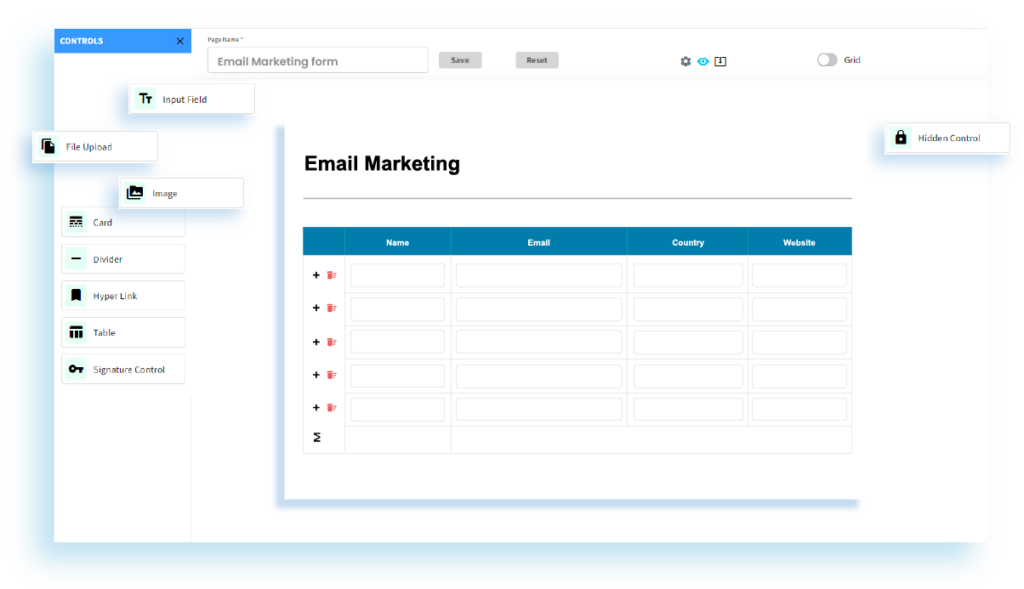
The first step in this process is to identify the right people to target. We do this by using different tools such as: Google Analytics, Google Adwords, Facebook Pixel, etc. Once we have identified our potential leads, we will move on to collecting their information via form or surveys on our website or social media channels.
Email Marketing Workflow
Email marketing automation is the process of sending emails to a customer or potential customer at certain intervals. There are many types of email marketing automations, but this article will focus on the four most popular ones. Triggered, Drip, Nurture and Broadcast.
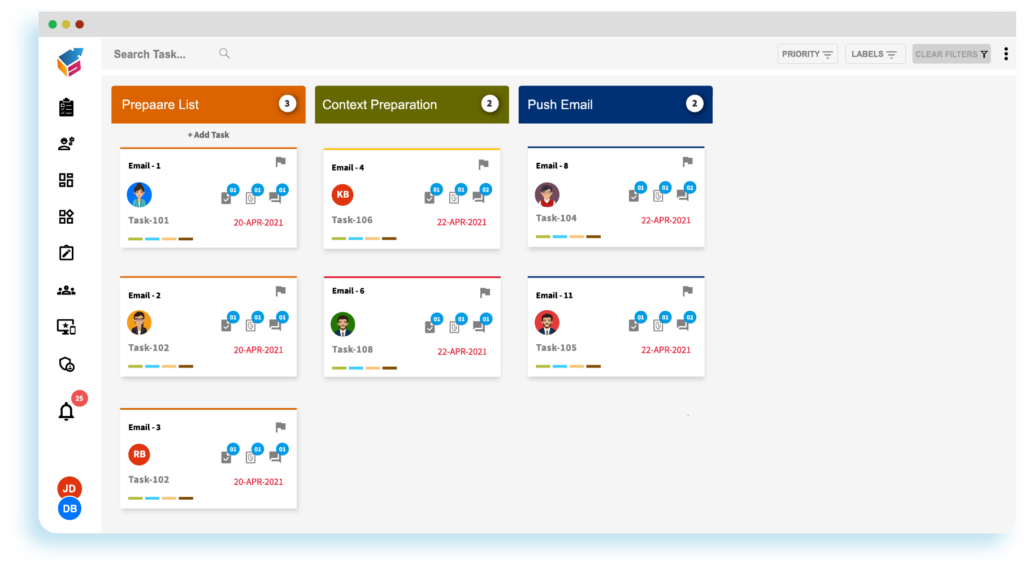
Triggered email marketing automation: Triggered emails are sent to customers after they have completed a specific action on your site such as downloading a whitepaper or filling out a contact form.
Drip email marketing automation: Drip marketing are sent to customers over time in order to keep them engaged with your brand. They can be sent daily, weekly or monthly depending on the business goal and customer segment.
Nurture email marketing automation: Nurture emails are usually sent to customers who have purchased from you before and want them to come back for more products or services.
Broadcast email marketing automation: Broadcast emails are usually promotional messages that you send out at once with the hopes of acquiring new leads or converting existing leads into sales opportunities.
Lead Nurturing and Lead Scoring Workflow
Lead nurturing and lead scoring are two important aspects of the marketing process. Lead nurturing is a process in which the company tries to convert a lead into a customer by providing them with information about their product or service. Lead scoring is an automated system that assigns points to each lead based on their activity and engagement.
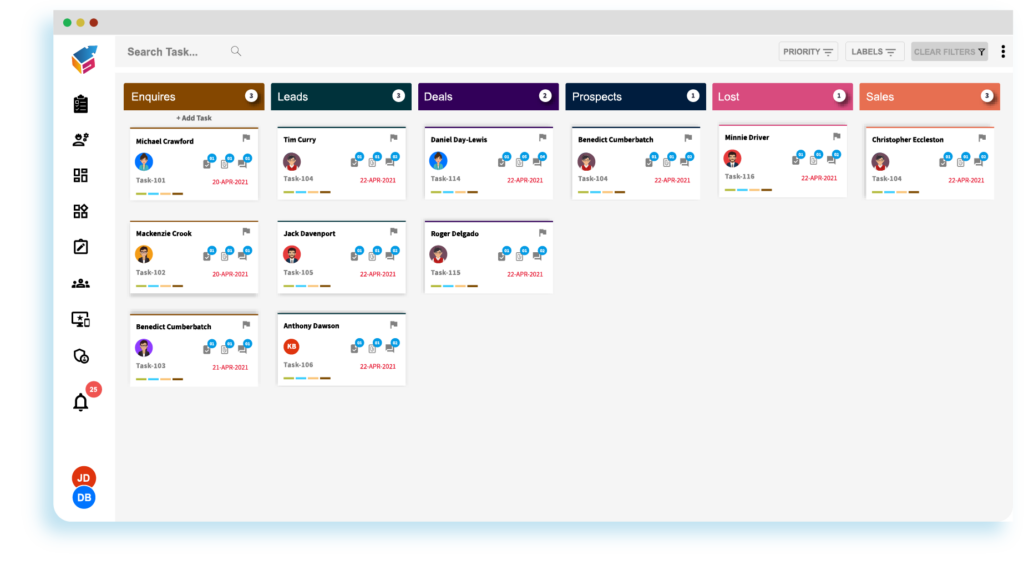
Lead Nurturing: The first step of this process is to identify which leads for conversion by assigning them a score. The next step is to create data that will keep those leads engaged for long periods of time. This can include sending them emails, texts or calls with relevant information about the company’s products or services.
Lead Scoring: This is an automated system that assigns points to each lead based on their activity and engagement. The more points they earn, the higher their score will be, which in turn makes it easier for marketers to identify high-quality leads and target them accordingly.
Social Media Marketing Workflow
Social media marketing is a process of engaging with customers and potential customers through social media platforms. It is a form of internet marketing, which focuses on promoting products online via social media.
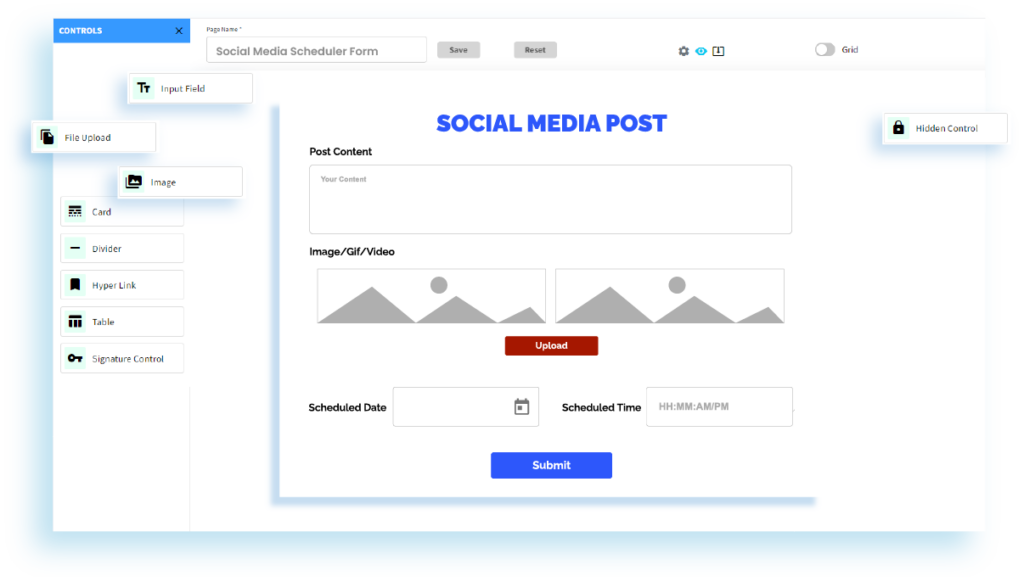
There are many different approaches to social media marketing. The most common form of social media marketing is through the use of a company’s Facebook page. Businesses typically post new or interesting content, such as images or articles, in order to engage their followers and encourage people to like their page or follow them on other types of social media.
The following is an example of a typical marketing automation workflows for managing a social media campaign:
- What do you want your business to achieve?
- What are your goals?
- What are the best ways to reach those goals?
- Who will be involved in the campaigns?
- Who will be providing the content for each platform?
- How often should posts go out on each platform?
Upsell Workflow
The upsell workflow is a marketing technique that involves presenting customers with additional products or services while they are in the process of completing a purchase. The goal of the upsell is to increase the total revenue generated by the customer.
The upsell workflow is typically implemented as an option to purchase an additional item, service, or package after the customer has completed their initial purchase. This can be done through email, in-store signage, or through a checkout page on a website. The goal of this technique is to increase revenue by offering additional items to customers who have already shown interest in purchasing from your company.
Feedback Workflow
Feedback is a crucial part of the design process and it is important to have a workflow that facilitates this. Feedback workflow can be defined as the process of providing feedback and receiving feedback from others in order to improve your work. It is an iterative process, meaning that you will constantly go back and forth with your peers on an idea or design.
The goal of a feedback workflow is to create something that everyone agrees is good enough for release.
There are many different types of feedback workflows, but they all follow the same general steps:
- Collecting Feedback
- Processing Feedback
- Using Feedback to Improve your Design
Feedback is an essential part of the design process. It helps designers in understanding how their design is performing on a user level.
Feedback can be given in many ways, from live testing and user interviews to surveys and usability tests. The feedback workflow is a process for collecting feedback from users and stakeholders, analyzing the data, and communicating the findings back to the team.
Welcome Workflow
The welcome workflow is an interface that is designed to help users get started with the system. It has a series of screens that walk the user through their first-time experience with the system. The first screen will ask for a username and password.
The next screen will ask what type of user you are and what you are working on. There will also be a button to go back to the previous screen of you need to change your selection. The next screen will ask for your email address and password in order to create an account for you on the system, or it can give you the option of creating an account later, which is helpful for those who might not have internet access or don’t want to create an account right away.
Cart Abandonment Workflow
Cart abandonment is a big problem for e-commerce stores. It is eliminated that around 70% of online shoppers abandon their carts. This happens because they don’t find what they are looking for, they change their mind, or because the checkout process is too complicated.
Retargeting these shoppers with personalized messages can be a good way to increase conversions and reduce cart abandonment rates.
Retargeting ads are one of the most effective ways to bring back visitors who have abandoned their carts on your website.
Retargeting ads are usually done through email, social media or display advertising. Retargeting ads work best when they target people who have recently visited your site but not purchased anything yet.
Upcoming Purchase Workflow
A purchase workflow is a system of steps that are taken when a customer wants to purchase something. There are many different types of purchase workflows, each with their own advantages and disadvantages.
Some of the most popular purchase workflows are:
- E-commerce – This type of workflow is typically used by websites that sell products online.
- In store – This type of workflow is typically used by online stores that have an in-store shopping experience.
- Mobile app – This type of workflow is typically used by mobile apps that allow users to make purchases within the app itself.
Summary
Marketing automation is a set of software tools that allow marketers to automate repetitive tasks, such as sending out marketing campaigns or following up with leads. Marketing workflow automation are the procedures that marketers create to automate these tasks.
Marketing automation has been around for decades but it is only recently that it has been able to provide a significant impact on the marketer’s efficiency. Marketing automation workflows are the procedures that marketers create to automate these tasks.

